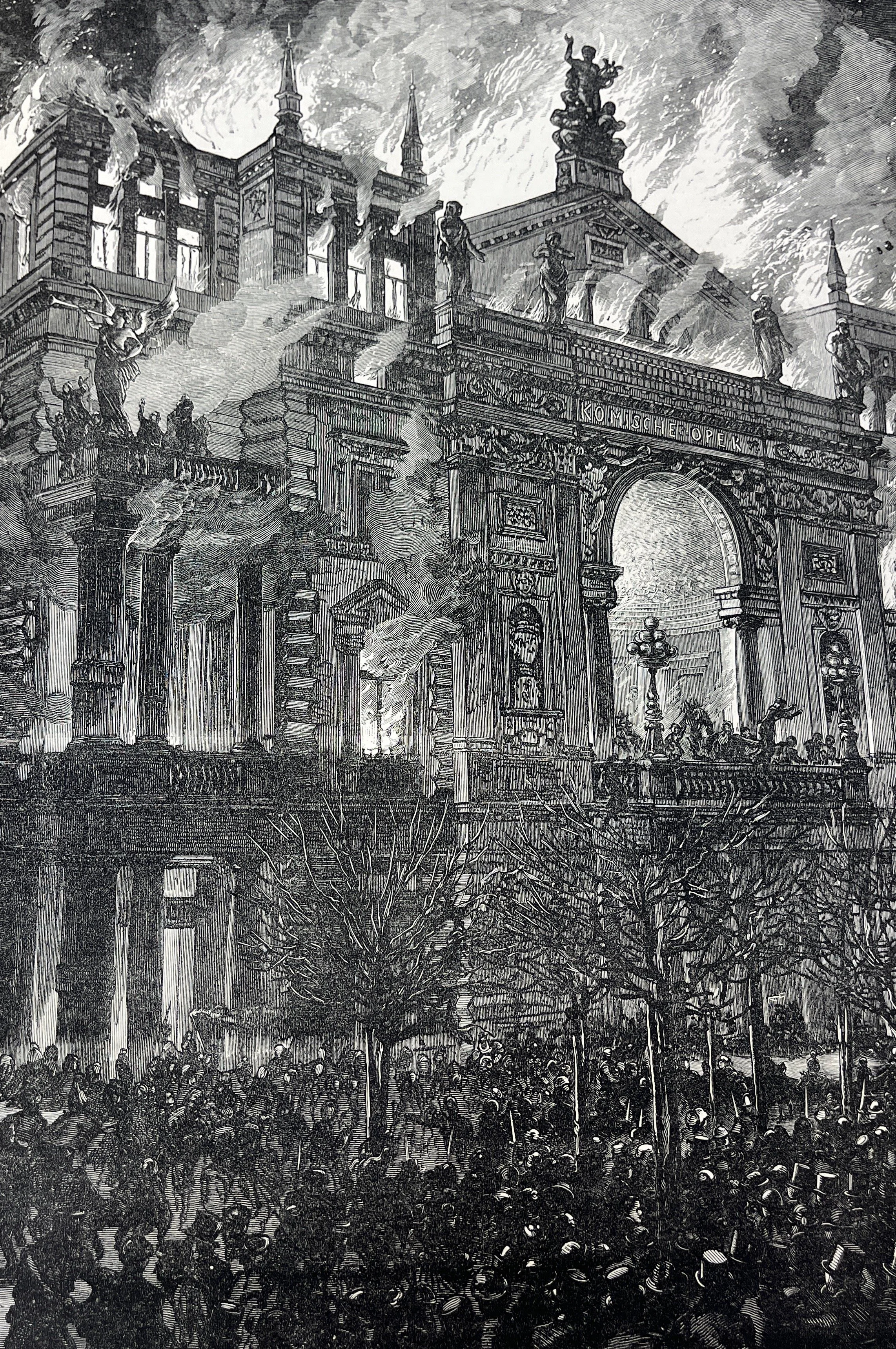Things Terrible and Unguessable: The Turn of the Screw and the Visual Vocabulary of Gothic Horror
In the late 19th and early 20th century, printing technology rapidly evolved and created a surge of periodical publications and magazines for consumption. Growing audiences of readers had a growing availability and appetite for written and illustrated material to consume. With the sudden opportunity to provide written and visual arts on a previously unachievable scale, alongside the rise of gothic fiction narratives, illustrators of these stories were presented with a unique challenge: how do you represent the intangible and ethereal concepts that scare us?
(Recipient of the 2022 Mendel Sato Research Award)
The Dark House and its Inhabitants
From the inception of the genre, Gothic horror has been fixated on the domestic space in distress. This essay explores domestic archetypes and roles of the Gothic novel, serving as a “tour of the house”, analyzing the iconography of the dark castle, and how it externalizes and exacerbates the fears and behaviors of its inhabitants. The power dynamic of the household is starkly divided by the expectations and authority of masculine and feminine figures. In turn the “house” becomes a vehicle for the anxieties of the inhabitants—both experienced and inflicted—regarding gender, sexuality, isolation, and abuse. Exploration of the visual and thematic vocabulary of the genre allows for discussion of the afterlives of the tradition, and how the scaffolding of the genre can be used to address issues of domestic abuse and gendered violence in a nuanced way.
Horrible Pictures, Dark Undercurrents: Gothic Horror and Violence of the Illustrated News, and the Specter of the Second Industrial Revolution
Using news periodicals including Frank Leslie's Illustrated Newspaper and The Illustrated London News, this research investigates how horror and violence was portrayed in the illustrated news during the Second Industrial Revolution, and how these images borrowed the vocabulary and tropes of gothic horror literature. The visuals and prose used to discuss tragedy largely serve as vessels of anxiety over massive cultural and technological changes occurring during this time. With these changes came increasing tension over the destabilizing social consequences and moral implications of this technological progress.
(Presented at the 13th Annual Illustration Research Symposium in November 2023)



